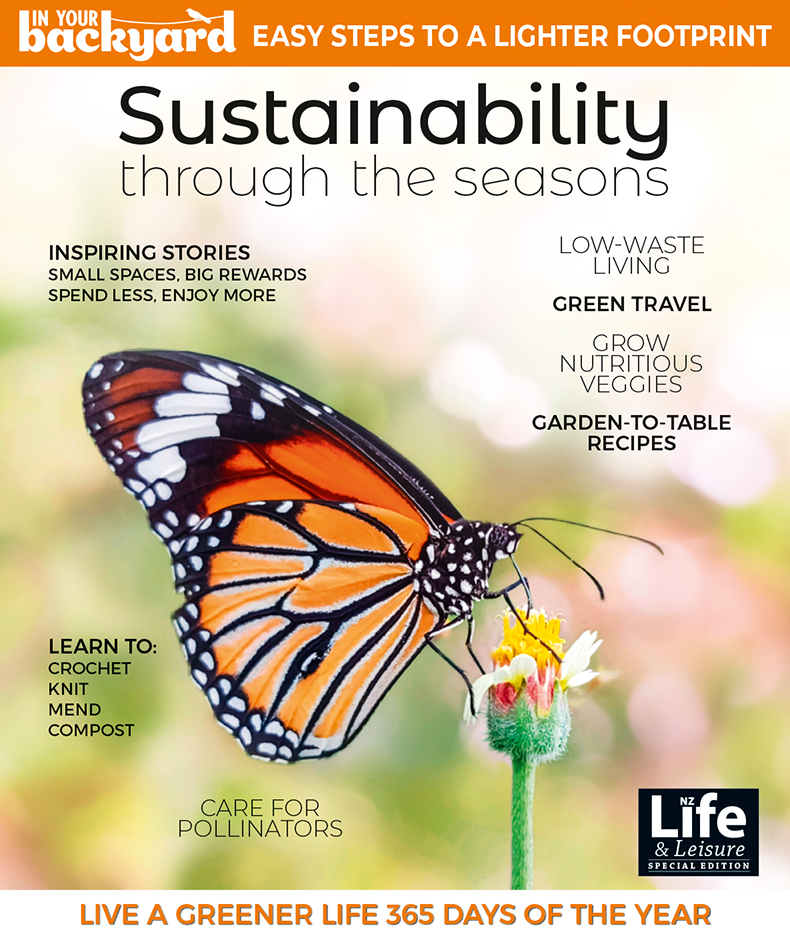11 crops that will survive in your garden this winter
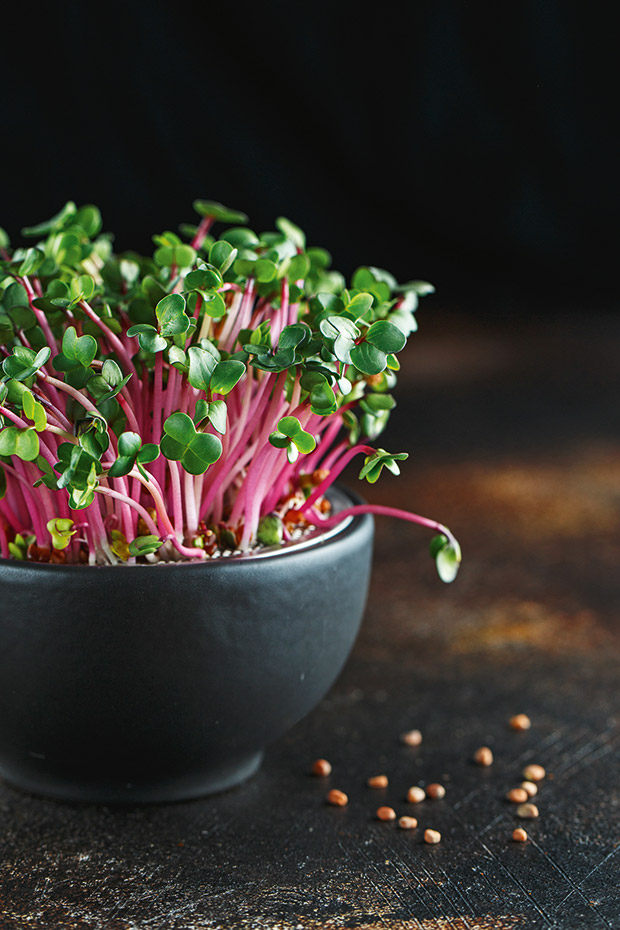
As Jack Frost arrives, the harvest of fresh fruit and veggies slows down. But there are several stalwarts that survive the cold, and it’s the ideal time to plant fruit trees.
Words: Jane Wrigglesworth
1. Mustard greens
Variety recommendations: Frills, Giant Red, Komatsuna, Mizuna, Red Leaf, Streaks.
Why they’re nutritious: Extremely high in vitamins K, A, C, E, calcium.
Transplant/direct sow: Sow in trays for transplanting later or plant seedlings in garden beds or containers.
Germination: The soil temperature needs to be at least 12°C for germination. Keep seed trays in a warm, sheltered spot.
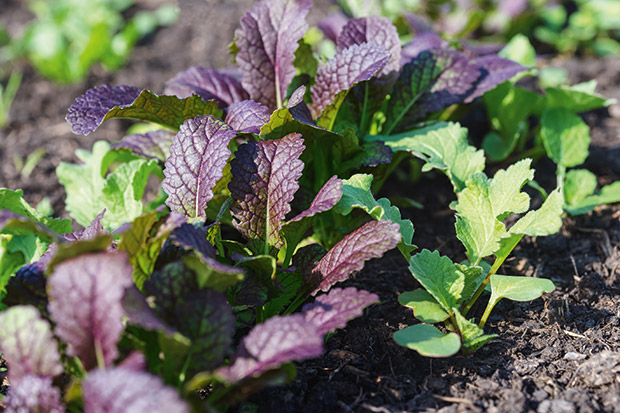
Growing conditions: Mustard greens will grow in direct sun or partial shade. In cold areas, protect plants under a cloche, hoops covered with frost cloth, or in a tunnel house. They’re not fussy about soil type as long as it’s fertile (lots of compost added) and moist (not soggy).
Growing tips: Mustards are peppery-flavoured greens that prefer cool weather, and can tolerate a light frost. Harvest the young leaves as they grow. Older leaves become tough and bitter (and can be made into pickles). Evenly moist soil produces the best-tasting mustard greens, so water regularly if there is no rain.
Days to harvest: 4 weeks.
2. Rocket (argula)
Variety recommendations: Annual rocket (Eruca sativa); perennial wild rocket (Diplotaxis erucoides).
Why it’s nutritious: Contains vitamins K, A, C, folate.
Transplant/direct sow: Sow in trays for transplanting later or plant seedlings in garden beds or containers. In spring and summer, rocket can be sown directly into the garden.
Germination: Annual rocket is best sown in spring and summer. Perennial rocket can be sown under cover in early-mid winter or direct in late winter.
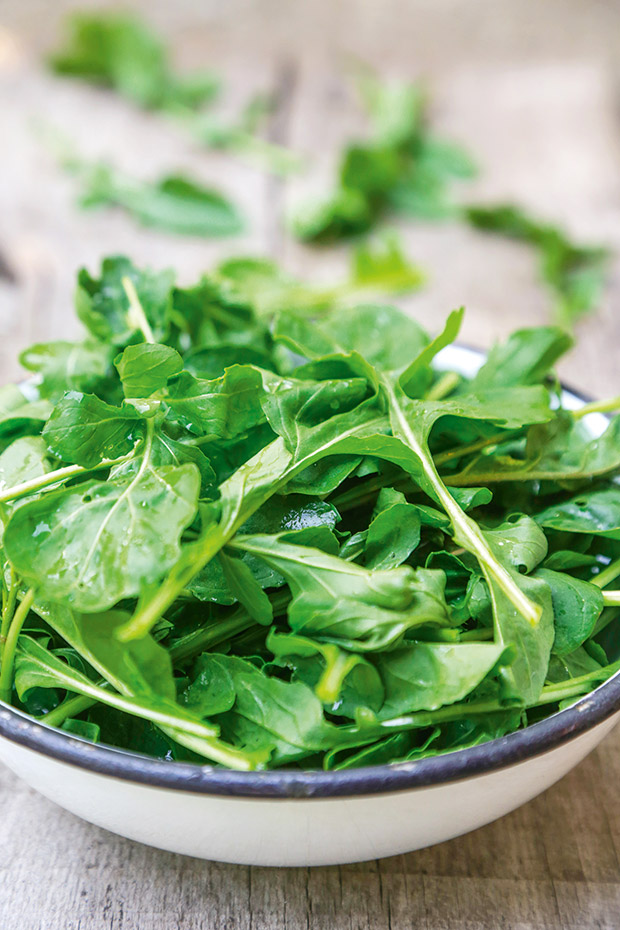
Growing conditions: Sun or light shade in the north. Plant in free-draining soil with plenty of compost. Rocket can endure frost but in particularly chilly spots, protect plants with a cloche or hoops covered in frost cloth, or move containers to a sheltered spot.
Growing tips: Annual rocket has more rounded leaves. Wild rocket, a perennial, has deeply divided foliage and is often grown as an annual. Harvest continuously as needed, and the plants will grow new leaves. Pinch off any flowers as they appear to prevent the plants from going to seed, to extend the harvest.
Days to harvest: 4 weeks.
3. Garlic
Variety recommendations: Large Purple Rocambole, Soft Top Pearl, Spanish Red, Takahue Red, Thames Golden.
Why it’s nutritious: The sulphur compounds in garlic have cardiovascular, digestive, anti-inflammatory, and immune system health benefits. Excellent source of vitamin B6 and manganese.
Transplant/direct sow: Direct sow cloves. Break off individual cloves from seed garlic and plant the fattest ones in nutrient-rich soil in full sun. Push each clove, unpeeled and pointy end up, about 5cm deep into the soil, 10cm-15cm apart.
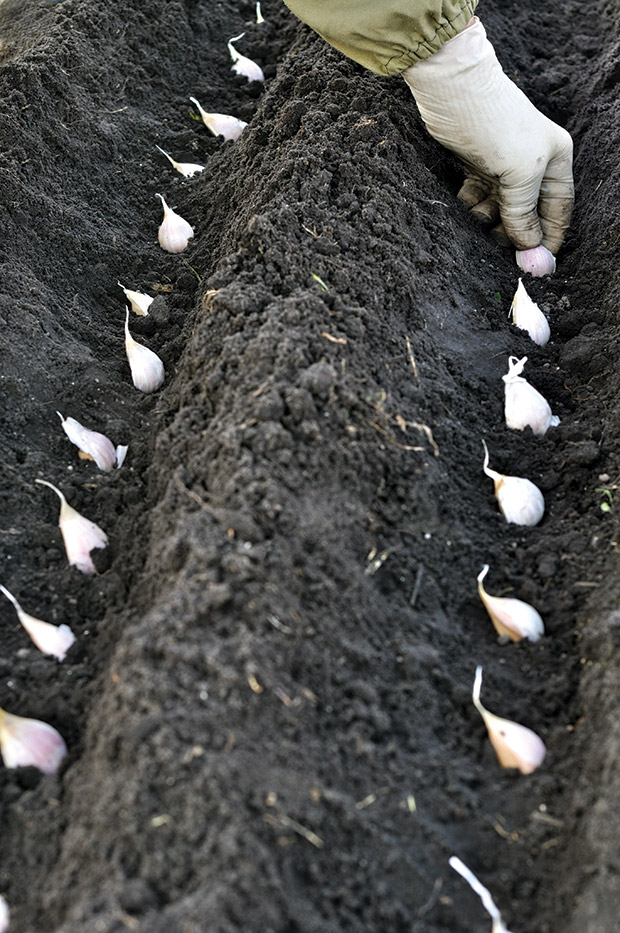
Growing conditions: Soil must be free-draining. In heavy, waterlogged soil, the cloves are likely to rot. Sandy loam is ideal, although a free-draining clay soil is fine. Enrich the soil with plenty of organic matter, such as compost or sheep pellets.
Growing tips: Garlic is traditionally planted on the shortest day of the year, but it can be sown throughout June and July. Use certified disease-free seed garlic, available from garden retailers.
As soon as the leaves appear, feed fortnightly with a balanced fertiliser for a couple of months. Cut off any flower stalks that grow in spring. If the plants spend energy growing flowers, the bulbs won’t grow as big. Be diligent about weeding as garlic doesn’t like competition.
Days to harvest: About 250 days, when the tops begin to turn yellow and fall over.
4. Thyme
Variety recommendations: Caraway thyme (Thymus herba-barona), common thyme, creeping thyme, lemon thyme (Thymus citriodorus).
Why it’s nutritious: One teaspoon of thyme provides 21 percent of daily vitamin K needs and 7 percent of iron. It’s also high in antioxidants.
Germination: Thyme is a hardy evergreen herb. There are many species and cultivars, which can be grown from seed, but it’s easy and quicker to take cuttings in early spring, or you can buy fully grown plants from the garden centre. If you do sow seeds, do it in trays from late winter. Don’t cover, and place in a warm, sheltered spot to germinate.
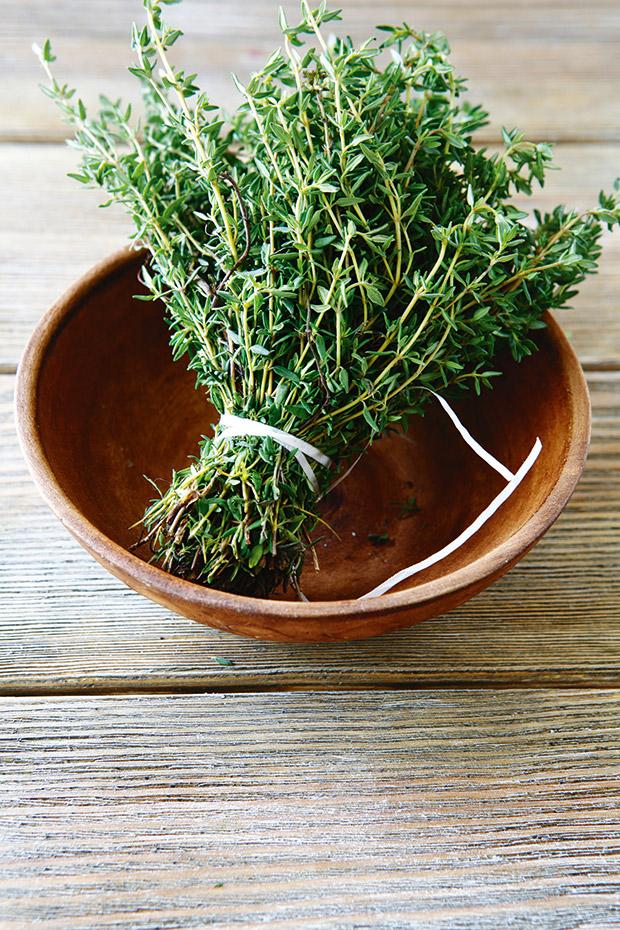
Transplant/direct sow: Best sown in trays, or transplant seedlings or young plants. Protect young plants in winter.
Growing conditions: Plant in full sun in free-draining soil. Thyme doesn’t like wet feet, so add pumice or grit to improve drainage if necessary. Avoid rich fertilisers as thyme does best in average – not rich – soil. Add lime if soil is acidic (a soil test will determine this) as thyme prefers alkaline conditions.
Growing tips: Although drought-tolerant, thyme benefits from the occasional watering in dry spells. Trim plants after flowering to prevent woodiness. Thyme doesn’t need feeding but will benefit from blood and bone in spring.
Days to harvest: 1 year.
5. Rosemary
Variety recommendations: Alba, Benenden Blue (low spreading bush), Miss Jessopp’s Upright, Pink Upright, Tuscan Blue.
Why it’s nutritious: leaves and flowers are very high in antioxidants.
Germination: Rosemary seeds need bottom heat to germinate. Unless a heating mat is available, it’s easier to take cuttings. Take these in spring from new growth or in summer from non-flowering stems, and plant in seed raising mix.
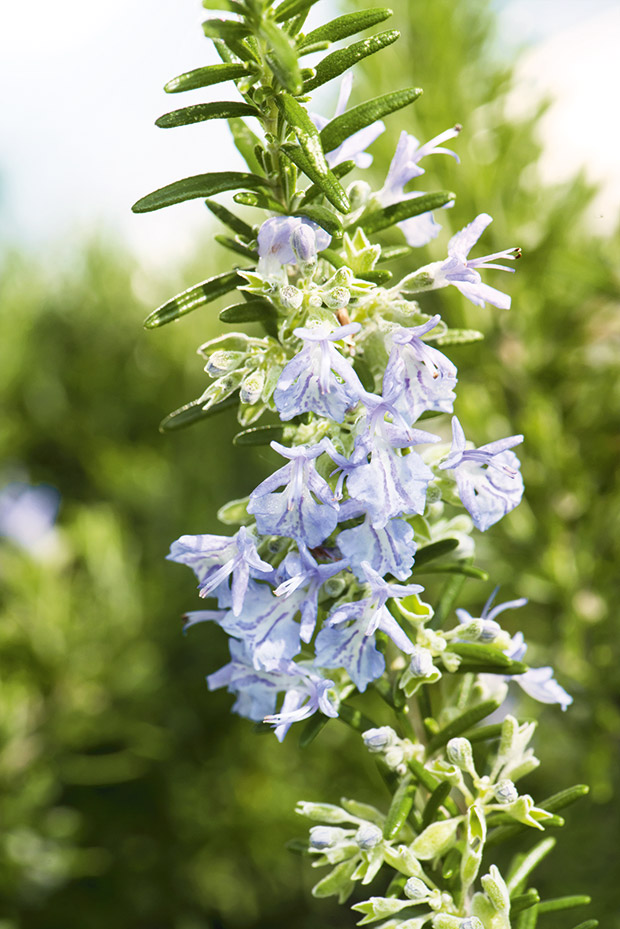
Transplant/direct sow: Sow in trays on a heating mat in spring or summer, or transplant seedlings or young plants. Protect young plants in winter.
Growing conditions: The most important requirement for rosemary is free-draining soil. Rosemary hates wet feet. Incorporate grit or pumice in heavy clay soil, or plant in raised beds or pots. Full sun is best, although light shade won’t harm plants. Heavy frosts may ‘burn’ the tips of plants, so position rosemary in a sheltered spot in cooler areas.
Growing tips: Rosemary is a perennial stalwart, surviving the winter cold for continuous harvesting. There is an upright form, which grows 60-150cm high, and a low-growing form, which has a creeping or cascading habit.
Protect young plants from the cold. If damaged by frosts, cut back in spring, not winter, or the new shoots may become damaged again. Plants in the ground typically don’t need feeding; those in containers can be fed occasionally with a balanced fertiliser. Prune plants after flowering so they don’t become lanky.
Days to harvest: 1 year from seed or cuttings.
6. Pears/Apples
Apple variety recommendations: Hetlina (high in antioxidants, early), Oratia Beauty (tart, good for cooking, early), Cox’s Orange Pippin (early-to-mid season), Sir Prize (mid-to-late), Sturmer Pippin (late), Winter Banana (late), Monty’s Surprise (high in antioxidants, late).
Pear variety recommendations: Beurre Bosc (mid), Seckel (small gourmet pear, mid), Doyenne du Comice (gourmet pear, mid-to-late), Taylor’s Gold (mid-to-late).
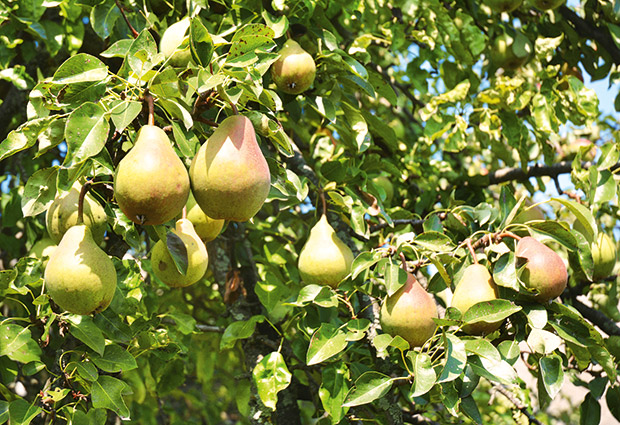
Why they’re nutritious: One medium apple contains 14 percent of daily vitamin C needs. One medium pear has 12 percent of the daily vitamin C requirement.
Growing conditions: Plant in a sunny, sheltered spot with free-draining soil.
Growing tips: Apples and pears are some of the easiest fruits to grow. If short on space, choose one of the many dwarf fruit trees available.
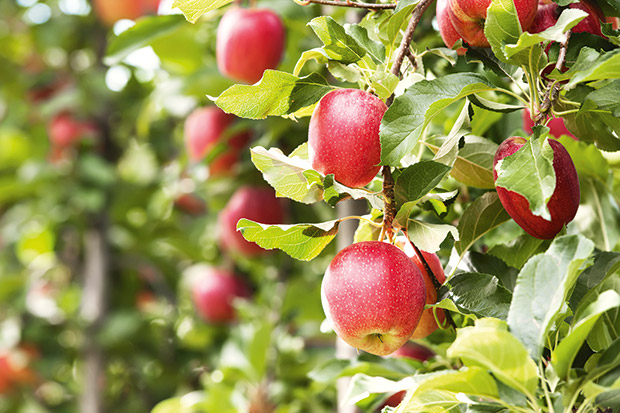
Trees should be pruned each year in late winter before any new growth starts. Prune strong branches back by a quarter to a third and trim back young laterals (side shoots), leaving 3-6 buds.
Pruning to just above an outward-facing bud will ensure branches grow outwards rather than into the centre of the tree. Remove any spindly or downward-facing branches, and any that rub against one another.
Days to harvest: 1-2 years.
7. Rhubarb
Variety recommendations: Dalmatian, Glaskins Perpetual, Victoria, Winter Wonder.
Why it’s nutritious: Rhubarb has high levels of vitamin K and C as well as calcium, potassium, and manganese.
Transplant/Direct sow: Plant crowns directly in the garden, spaced 1m apart. Fully grown plants are available from garden retailers in spring or summer for planting out.
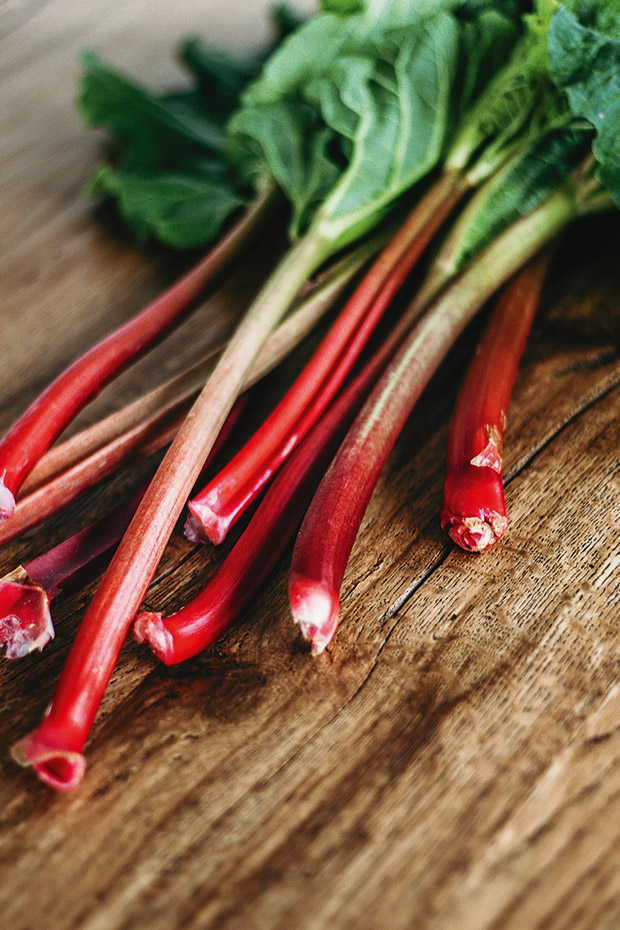
Growing conditions: Choose a sunny spot with good drainage. Dig deep and add plenty of organic matter such as compost or aged manure. Rhubarb prefers a more acidic soil (a pH between 5.0-6.5), so don’t plant it near concrete paths or edgings, as lime from the concrete can leach out and raise the pH.
Growing tips: Don’t harvest any stalks the first year – let the plant become established. Remove seed stalks as soon as they appear to keep the plant producing fresh stalks.
Apply a mulch of compost around it in summer to retain moisture, but keep the compost clear of the crowns as they can rot. In spring and summer, water regularly and feed with a liquid fertiliser once every 2-4 weeks. Short, thin stems are caused by poor nutrition and overly warm growing conditions.
Days to harvest: 365 days.
8. Peaches/Nectarines
Peach variety recommendations: Blazingstar (early), Redhaven (early, freestone), Hiawatha (mid), Flatto Sweet Cap (flat peach, mid), Sweet Perfection (good resistance to leaf curl, late), Golden Queen (classic bottling peach, late).
Nectarines variety recommendations: Snow Queen (early), Flavourzee (dwarf, mid), Mabel (beautiful tree with purple leaves, mid), Theo Ching (mid-late).
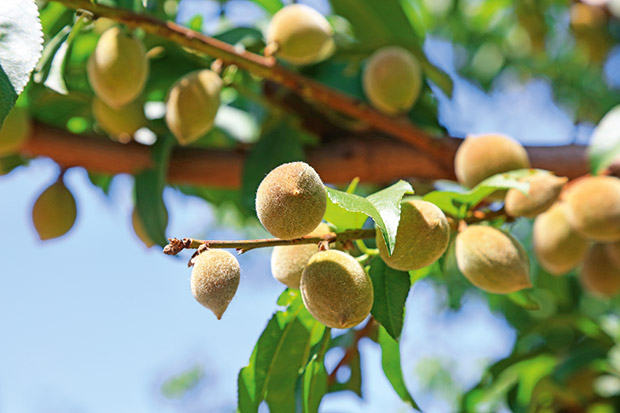
Why they’re nutritious: One medium peach or nectarine contains 15 percent of daily vitamin C needs and 6 percent of daily vitamin A requirements.
Growing conditions: Plant in direct sun in well-drained soil in a spot sheltered from the wind. Make sure newly planted trees are well watered while roots are establishing.
Growing tips: Deciduous fruit trees are available from garden retailers in winter. They’re best planted when dormant. Some fruit trees need a pollinating partner, but peaches and nectarines are self-fertile and don’t need to cross-pollinate.
In humid areas, peaches and nectarines are prone to brown rot. A preventative spray will help keep this under control, or at least reduce it. Spray copper fungicide in late winter or early spring.
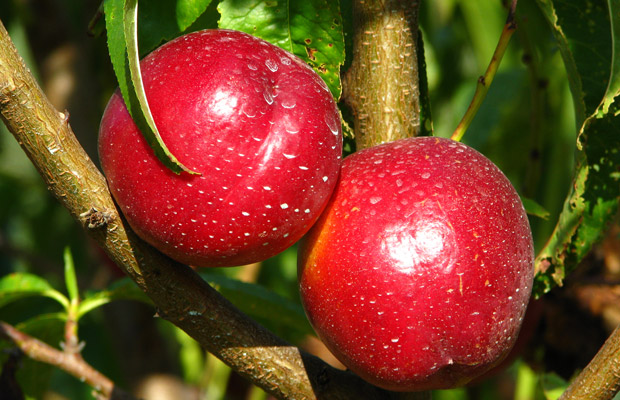
Do this once before flowering, once after, and once again in autumn. Prune trees in late summer (when it’s dry) to an open centre. This allows sunlight to penetrate and air to circulate, reducing the spread of fungal spores.
Remove any infected fruit from the tree and ground as soon as possible. In humid areas, choose an early fruiting variety, as most humidity issues in New Zealand occur in February. In cool areas, a late-season variety may be best to avoid late frosts while flowering.
Days to harvest: 2-4 years.
9. Plums
Variety recommendations: Japanese: Duff’s Early Jewel (ready for Christmas, early), Santa Rosa (early-mid), Black Doris (mid), Luisa (yellow skin with red blush, mid).
European: Greengage (mid-late), Damson (mid-late).
Why they’re nutritious: One medium plum contains 10 percent of daily vitamin C needs and 5 percent each of daily vitamin K and A requirements.
Growing conditions: While many European plums are self-fertile, Japanese plums almost always require cross-pollination. Even self-fertile plum trees will crop better with another tree planted nearby. European and Japanese plum trees don’t cross-pollinate because of the different blooming times.
To pollinate a European plum tree, plant another European plum tree. To pollinate a Japanese plum tree, plant a second Japanese plum. Plum trees like a free-draining, fertile soil, so dig in compost and fertiliser at planting time and plant in full sun.
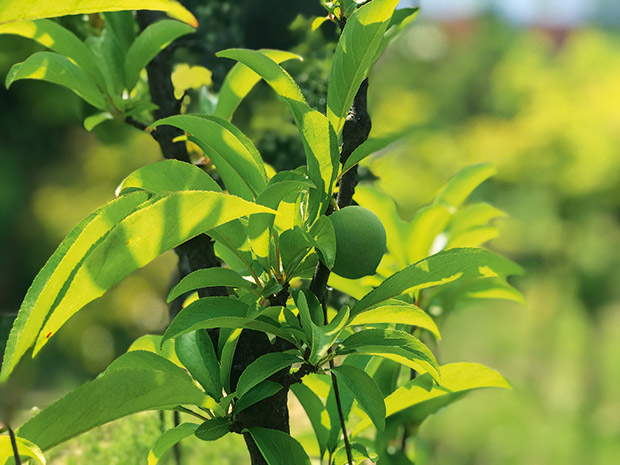
Growing tips: Japanese plums are soft and juicy, and their large fruit can be eaten straight from the tree. While they can be used for cooking, they generally lack the distinctive flavour of European plums. A prune plum is a European type, and has high sugar levels, allowing them to dry well without spoiling. They can be eaten fresh as well.
European plums may be sweet or tart. The Damson plum is primarily grown for bottling and other culinary uses because of its tart, acidic flavour. Greengage, on the other hand, is a deliciously sweet, succulent fruit that can be plucked from the tree and eaten on the spot.
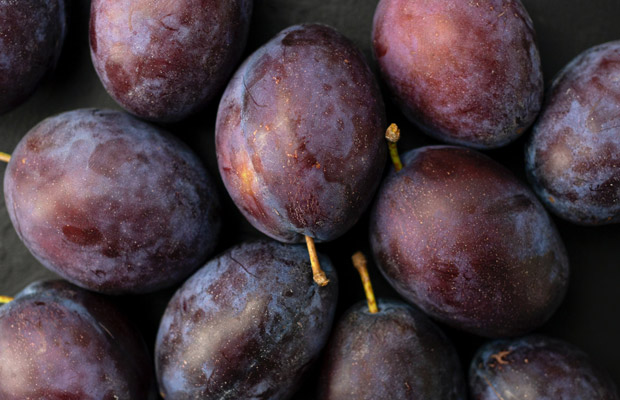
European plums flower later than Japanese ones, so they are best for cooler regions; late frosts may damage the flowers of Japanese plums. Give newly planted fruit trees a seaweed-based fertiliser to ensure good stem and leafy growth.
After a couple of years, apply an organic, high potassium fruit-tree fertiliser in early spring to promote flowers and fruit. In autumn, apply sulphate of potash, which is when trees are developing their flowering buds.
Days to harvest: 2-4 years.
10. Strawberries/Alpine strawberries
Common variety recommendations : Camarosa, Chandler, Pajaro, Strawberry Sundae.
Alpine: Red Alpine, White Alpine, White Alpine Pineapple.
Why they’re nutritious: Strawberries are high in antioxidants, vitamin C, and folate.
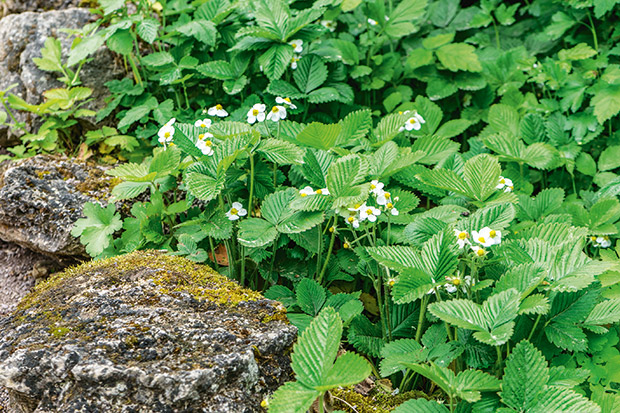
About: There are two types of strawberries, the common strawberry and the alpine strawberry. Alpine strawberries are the smaller of the two, but they fruit over a longer period.
Germination: Only alpine strawberries are grown from seed, and they need cold stratification to sprout. Place seeds in an airtight container and put in the freezer for 2-4 weeks. Sow in starter pots. Just press the seeds onto the soil surface, don’t cover with soil. Place them where they’ll get direct sunlight. They take 2-3 weeks to sprout. Water lightly and daily during this time.
Transplant/direct sow: Once the seedlings get their third leaf, transplant to larger containers or outside. For the larger, common strawberry, plant crowns outdoors as soon as purchased.
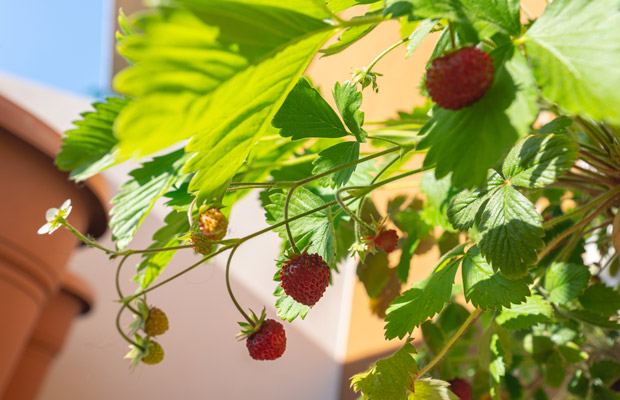
Growing conditions: Plant in full sun. Dig in plenty of organic matter such as compost or aged manure.
Growing tips: Mulch with straw to keep the fruit off the soil, otherwise they may decay. Feed fortnightly with seaweed fertiliser when flower buds appear. Plants send out runners when they stop fruiting. Let them put down roots, then cut them from the parent plant to create new plants. Strawberries are at their best for 3-5 years; dig out the parent plants after three or more years and compost them.
Days to harvest: Alpine strawberries, 1 year; common strawberries, 30 days after flowering.
11. Microgreens
Microgreens are vegetable greens harvested when 3-5cm tall, after the cotyledon leaves (the ones that first appear after germination) and the very first true leaves appear. They’re bigger than sprouts, and where sprouts are grown in water, microgreens are grown in soil.
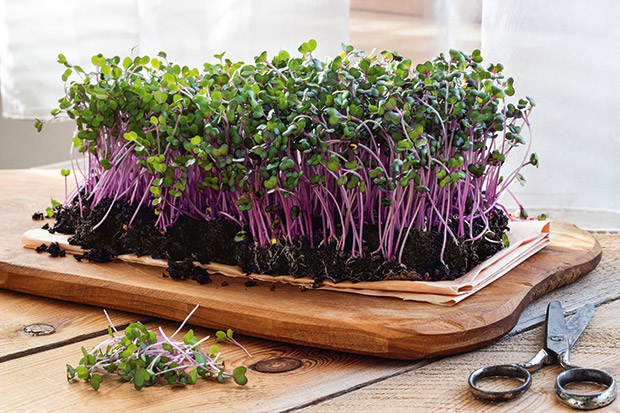
Microgreens can be a year-round crop, but they’re especially useful for growing and harvesting through winter. Use a shallow container. Poke a few drainage holes in the bottom and use the container lid as a drip tray. Add 5cm of seed raising mix to the bottom of the container. Spread the mix evenly and press the soil firmly into place with your fingertips. Mist the potting mix with water until it’s moist, but not soggy.
Use seeds from almost any kind of herb or vegetable. Tasty options include radish, broccoli, pea, rocket, and basil (best grown in summer).
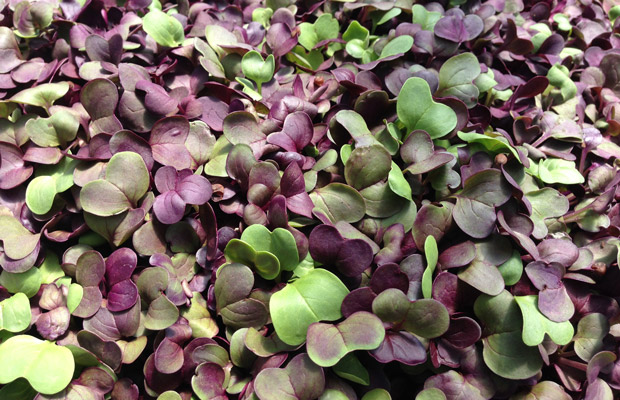
Scatter the seeds over the top of the seed raising mix. Lightly press into the soil with your fingertips and mist with water. Sprinkle seed raising mix on top of the seeds. Mist the seeds again until the top of the soil is moist.
Place trays in a warm spot, but not in direct sunlight. Mist with water regularly to ensure seeds don’t dry out but don’t let the soil become soggy. Once the seeds germinate, place the container near a sunny window. Once they’ve all germinated, give the tiny seedlings 7-10 days to grow before you begin harvesting. Snip off at soil level. Plants won’t regrow, so keep sowing regularly.
MORE HERE
7 gardening tasks for June: Plant garlic and shallots, feed leafy crops
Read more stories like this in our special edition, Sustainability Through the Seasons, a practical guide to living a greener and more environmentally friendly life 365 days of the year.
